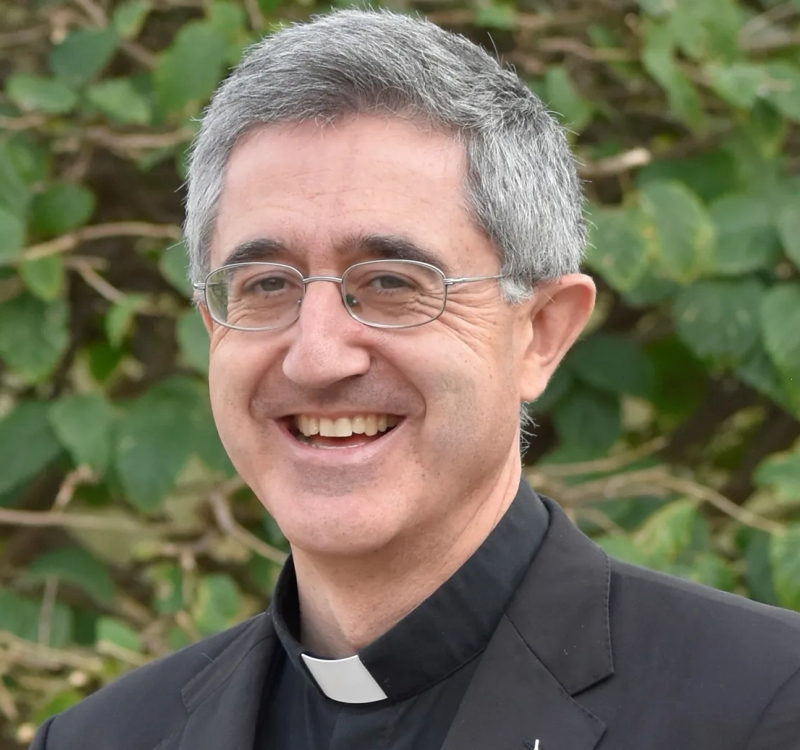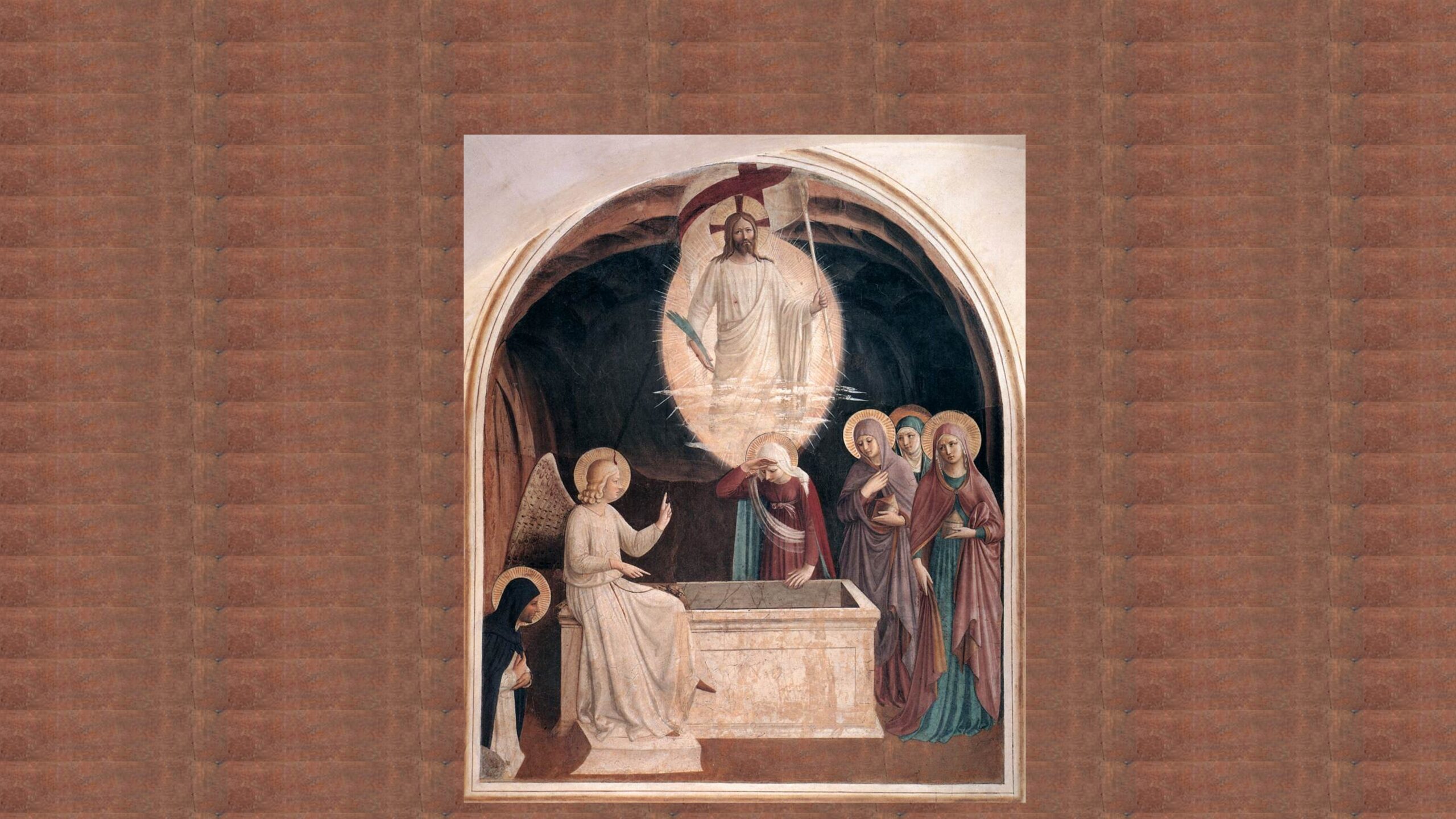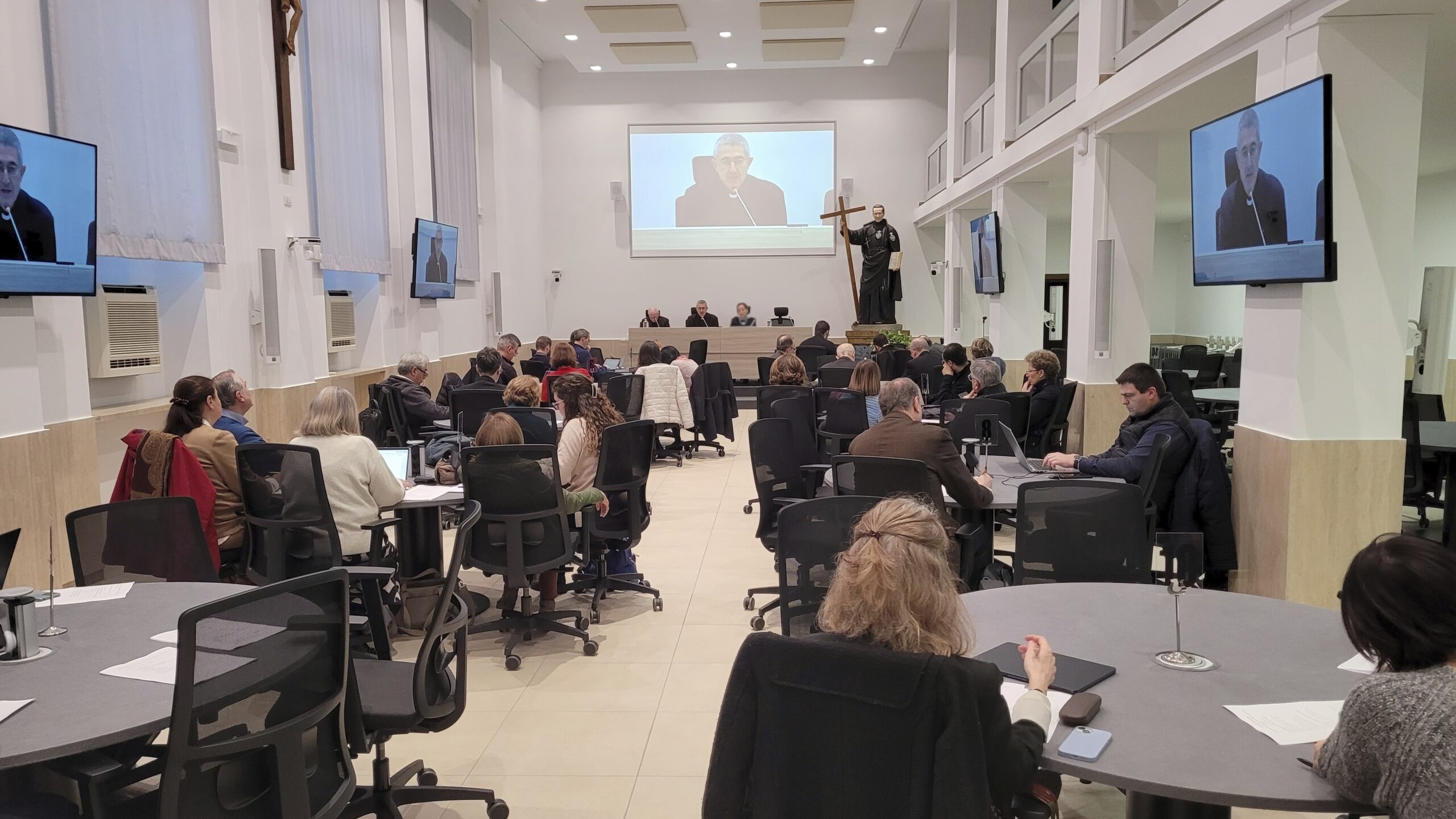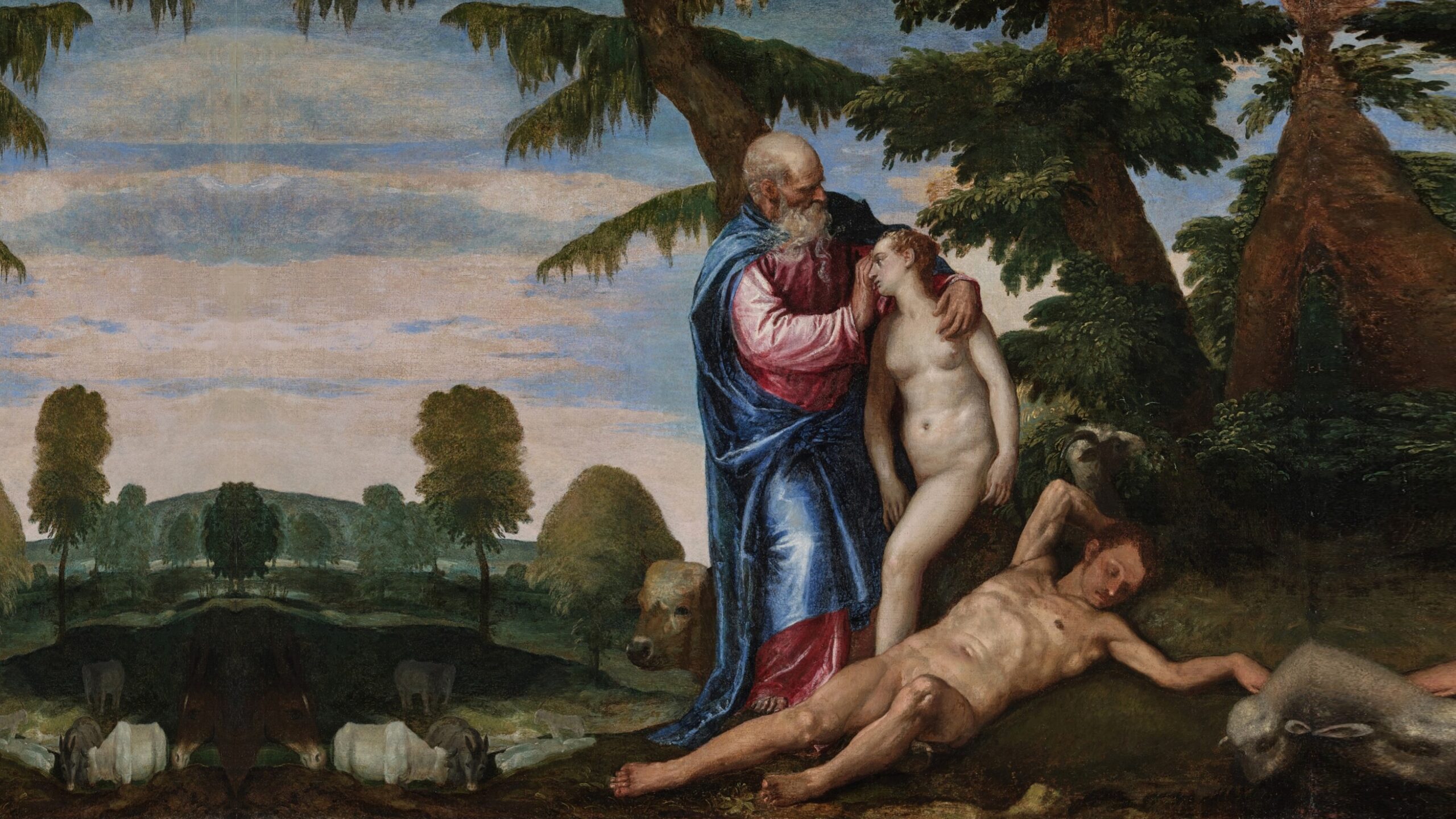Christmas: Jesus Saves the Flesh that the Creator Formed in the Beginning
José Granados
“The Word became flesh” (Jn 1:14). “She wrapped him in swaddling clothes and laid him in a manger” (Luke 2:7). Christmas focuses our gaze on the flesh of the newborn. To be born is characteristic of the flesh, says Tertullian. The flesh testifies that we have received everything from God the Father, for it is he who formed us in our mother’s womb. The flesh of Jesus fully reveals this fact to us, for it is the flesh of the Son of God. His flesh saves our flesh, which was formed by God in the beginning when he created them male and female and blessed them: “Be fruitful and multiply”.
This Christmas we want to learn from the flesh of the Child by embracing him, kissing him, cradling him, as St. Francis of Assisi did exactly 800 years ago when he instituted the first crib in Greccio. It was with a childlike spirit that St. Francis preached his Christmas sermon: when he pronounced the word “Bethlehem,” he imitated the bleating of the sheep: “Beeeeeeeh…. Bethlehem!”
Another great saint, Bernard of Clairvaux, who received the grace of seeing the Child lying among the straw, describes the Christian journey as a journey through the body of Christ. We begin by kissing his feet as a sign of humility and desire to convert and follow him. Then we kiss his hands, with which Christ lifts us up and sets us to work with him. Finally, we kiss his face, a symbol of intimate and familiar friendship.
In these times, when the human body is treated so badly, it helps us to remember that our salvation dwells in the body of the Child Jesus. And why is the body so mistreated today? While there is a language in the body that speaks to us of the Creator (the language of man and woman), the fact is that today we seek other languages that are incapable of communicating what is proper to your humanity. While the desires of the body move us beyond ourselves toward a life that is great and beautiful, we seek instead to reshape the body according to desires that are turned in upon themselves.
Following St. Bernard’s example, we can look at the body of Christ from three perspectives so that this contemplation can heal the wounds of our flesh. I will draw on experiences of the body as illuminated by modern medicine.
1. First, we look at the child’s body, which breathes as its heart beats. The lungs gradually oxygenate the blood. This is normal for an adult, but a novel experience for the newborn. This is because the fetal heart is shaped so that it does not drive the blood to the lungs. Instead, the blood is sent directly to the mother through the umbilical cord. It is the mother’s lungs that oxygenate the blood of the unborn child, bringing life to the child’s body. But at birth, when the child makes his first cry (when the nighttime silence of Bethlehem is broken), the lungs are opened for the first time. And this causes morphological changes in his heart, closing some orifices and opening others. The child begins to oxygenate his own blood. In all this we can see a symbol and a mystery.
Oxygen symbolizes the environment from which the child receives life. We understand that the body is not alone, but is surrounded by other bodies and it is embedded in the cosmos. The first environment the child enters is the environment of the family. Here the child learns gratitude for the gift received and the fidelity that unites his steps in time toward the horizon of a great love. It is in this environment that our blood can be oxygenated and give us life. It is in this good environment that God pours his Spirit, which the Bible compares to the breath of life.
Before his birth, Jesus lived in this environment that God had prepared, from family to family, to receive his Son and that reached its culmination in the immaculate womb of Mary. It is the environment that God created at the beginning, when he made them male and female and blessed them. It is into this environment that Jesus enters when he is born and lies in the manger. Only this time, it is Jesus himself who breathes. And as he breathes, the lungs of the Son of God not only receive oxygen from the environment, but also regenerate and enrich the environment. Little by little, Jesus fills this environment with his Spirit so that we can breathe and receive his life. And with each breath, Jesus expands this environment of human love so that all of God’s love can enter it. In the face of those who would pollute the family environment, the flesh of the newborn breathes life into the flesh that the Creator formed in the beginning.
2. Let us consider a second bodily gesture. The newborn, until recently nourished by the umbilical cord, is nursed by his mother.Thus we see that this body is animated by the desire for life and joy. Jesus desires maternal nourishment, but above all, like every suckling child, he desires maternal love. By nourishing himself, Jesus experiences how the personal relationship, the one-to-one relationship, gives depth and opens a way to the desire of the body. By taking on our desire, Jesus opens a new horizon for human desire, to the point of identifying his food with doing the will of the Father.
There is a reason why doctors recommend that a mother breastfeed her child. It is not only that she transmits antibodies that the child has not yet developed. A mother also transmits the hormones that regulate the waking and sleeping cycles (the cycles that are disrupted by transatlantic flights and cause jet lag). We can say that the mother gives the child a sense of time through her milk. In this way, the child’s desire is given a rhythm to grow little by little, from the moment he is awakened by love until he reaches communion with the beloved.
At first, the child Jesus follows the rhythm of his mother, a rhythm that he receives with his mother’s milk. But then, in the course of his life, he will be the one who opens new paths of desire and establishes new rhythms. He has not come simply to give us what we desire, because our desires are often tiny or twisted. They are desires that turn back on ourselves, locking us into our emotions or tastes. By not accepting God’s primordial love that formed our bodies, we become cracked cisterns and lack the water to love one another.
Today we hear voices, even among Christians, promoting a complacent tolerance of sinful desires. Is there not, on the contrary, another way inaugurated in Bethlehem? Is there not the way of patience that invites us to transform our desires, starting from Bethlehem? Is this call to transformation not a genuine mercy that testifies to the truth as a guide so that desire may reach its goal?
The Child of Bethlehem came to transform our desires so that we may desire what makes our lives great and beautiful. This will reach its climax when Jesus gives himself to us as food at the Last Supper. An altar was built above the Greccio crib. Instead of the hay eaten by the animals, the faithful feed on the Lamb of Bethlehem. In this way we receive his antibodies to correct our distorted desires, and also his hormones to keep our desires in rhythm with the desires of Jesus.
3. In contemplating the body of the child, we can take a third step. We hold him in our arms and look into his eyes. Doctors now know that the baby’s eyes are particularly attracted to human faces, and especially to human eyes. They immediately make eye contact and fixate on the gaze that looks at them, following every movement. It is as if babies find the true source of light in another’s gaze.
The first gaze, of course, is that of the mother, whom the child soon recognizes, and then that of the father. St. Augustine said that the first thing a baby sees when it opens its eyes is the friendship of its parents. Before that, everything was darkness. In that gaze the child finds his dawn. It is in the friendship of his parents that the first truth of love shines for him. And on this truth he will be able to build his life.
Jesus, like every child, will learn to see thanks to the gaze with which his parents welcome him. But then it will be he who, with his gaze (which will love the rich young man and forgive Peter), will light the way for us. If his parents showed him in their gaze a sign of the love of the Creator, Jesus shows us in his gaze that communion with the Father is the ultimate truth of love. This light shines in the Church, the pillar and foundation of truth. This truth is not mere theory, for it has become flesh and gives form to all that the Church says and does.
Does this light not seem to have dimmed today? Do not many believers today say that all love is good, regardless of whether it is true or false, whether it builds community or bends in on itself? But Christ was born in the night to confirm our hope that “the light shines in the darkness, and the darkness has not overcome it” (Jn 1:5). Let us allow ourselves to be pierced by his gaze, which reveals the truth that is in the human heart. And let this gaze be the light of our lives.
Let us return to the celebration of St. Francis in Greccio. Celano, the biographer of the saint, tells us that one of those present had a vision. He saw the child lying lifeless on the hay and Francis awakening him from his sleep. Celano explains this by saying that at that moment Christ was buried in humanity and that St. Francis awakened him to engrave his image in the hearts of those who love him. When, as Jesus says, “the love of many will grow cold” (Mt 24:12), let us ask him that the contemplation of his body may awaken Jesus in us. May he capture our hearts and the hearts of all people.
Share this article
About Us
The Veritas Amoris Project focuses on the truth of love as a key to understanding the mystery of God, the human person and the world, convinced that this perspective provides an integral and fruitful pastoral approach.



